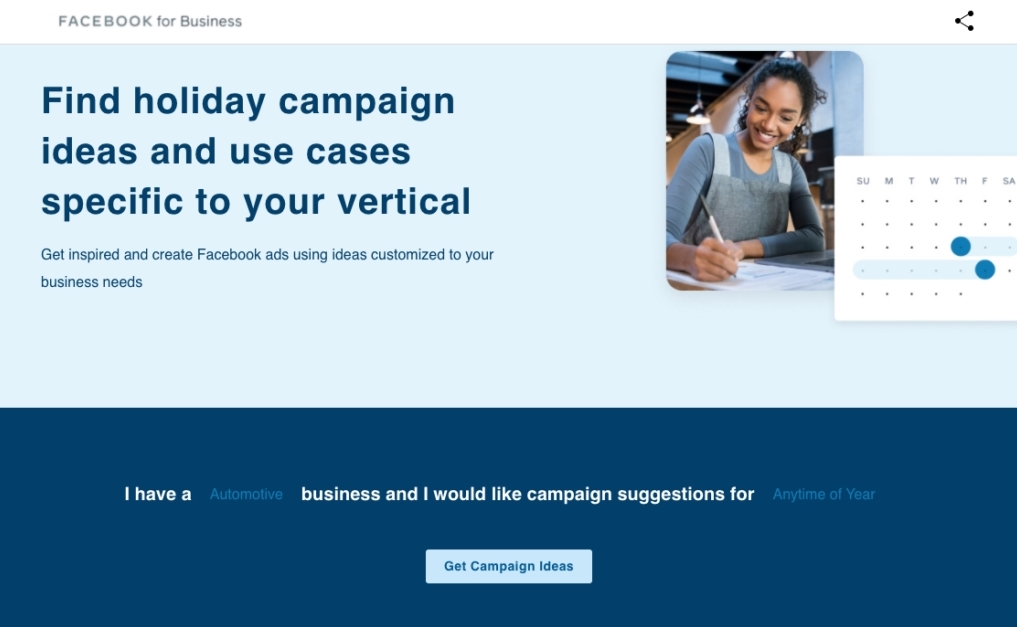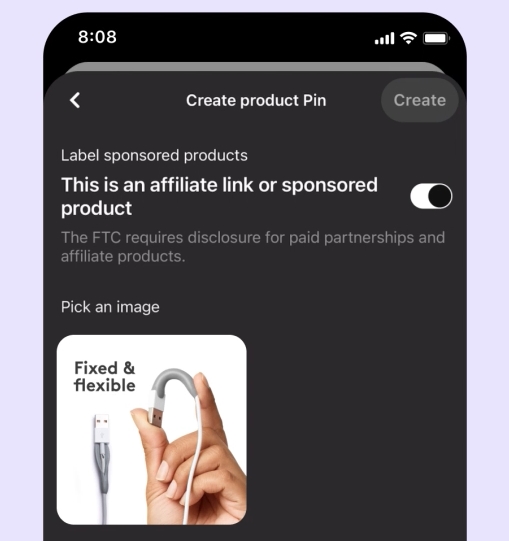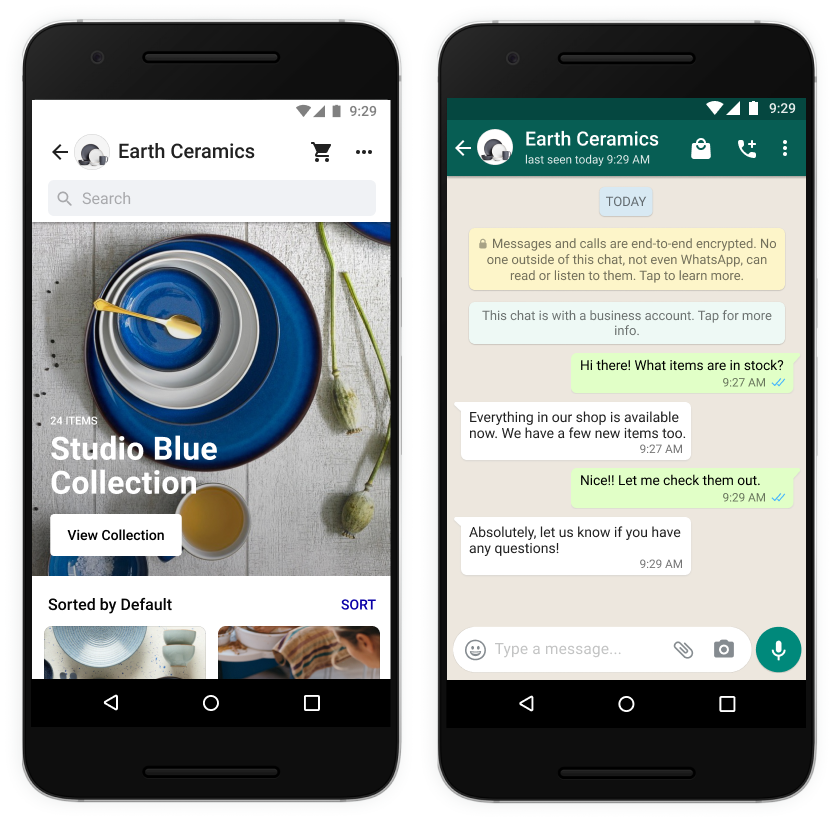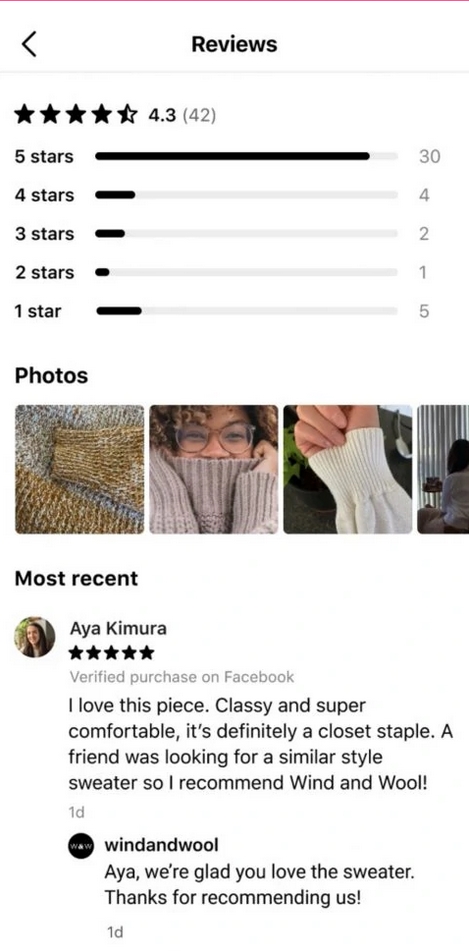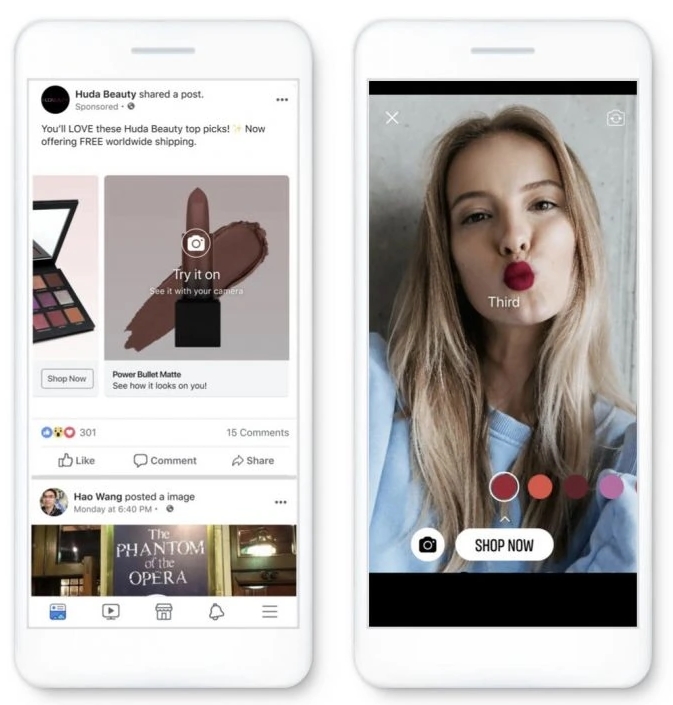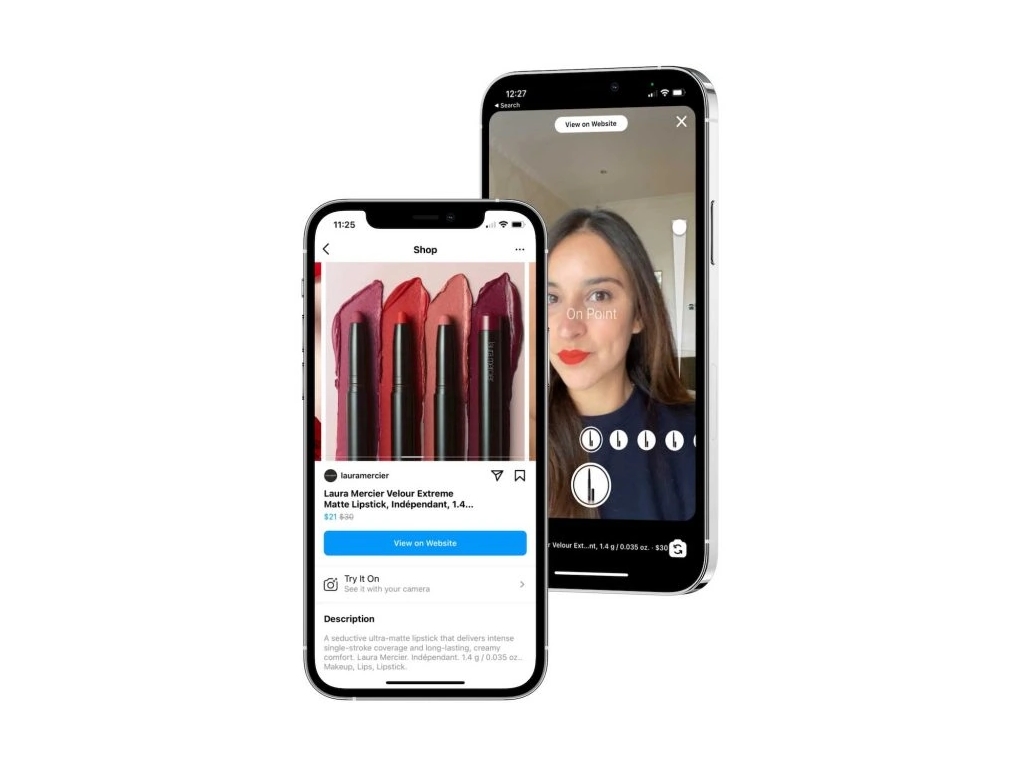If there is anyone who knows what works on Facebook Ads, it’s probably Facebook. Thankfully, the company is eager to share its data to help advertisers make the best ads possible.
Facebook Ads did just that this week with a new list of 11 ways to improve your video ads based on their latest data and research.
Why Video Ads?
Many brands and advertisers are still reluctant to indulge in video ads, fearing they may be more costly, less effective, or more difficult to manage.
According to the report, however, none of these are true. In fact, the company has seen that for every dollar invested into video ads on the platform, there is a 39% higher chance to drive sales compared to static social ads.
Even more, the budget, placement, or targeting have less impact on the success of video ads than you may think. According to Facebook Ads, 70% of the potential ROI from video ads comes from how you use the format to get attention and inspire action, while just 30% comes from details like where the ad is shown.
To ensure your video ads are inspiring potential customers to take action, Facebook put together these tips for improving your future video ad campaigns.
11 Ways To Improve Your Video Ads
Facebook breaks this collection of tips into two groups: ‘Best Practice’ and ‘Highly Recommended’.
Best Practice
- Frame For Mobile: Based on user activity, most users will be seeing your video on mobile. Keep this in mind when framing your video with the recommended vertical 4:5 format on Facebook or 1:1 square format on Instagram.
- Create For Sound-Off Viewing: By default, your video will be played without audio. If your video ad is going to be successful, it needs to be understandable and engaging without sound.
- Focus on the Product: Facebook recommends focusing your creative for video ads directly on a product or feature, rather than your entire business.
- Have a Single Message: As with all advertising, it is important to present a single, clear message in any promotion. Trying to do too much in a single ad will just overwhelm or push away potential customers.
- Highlight Branding Early: The report recommends placing your branding and message at the start of a video to grab attention and retain potential customers.
- Be Straight To The Point: On that note, putting a clear message up front makes it easier for consumers to understand what you’re hoping to accomplish and what you have to offer them.
- Use Movement & Faster Editing Early: Having movement or quick edits near the start of your video ads helps grab attention and may motivate viewers to keep watching.
Highly Recommended
- Brevity Is Key: People viewing on mobile devices have limited time, short attention-spans, and are quick to scroll away if you start to lose them. It is important to keep your videos short for most impact.
- Don’t Follow Old Rules: Traditional ads on TV and radio are structured with the assumption that users will remain tuned in no matter what. This allows time to build up a story to grab interest. Online video doesn’t offer this comfort. Instead, start your videos with a bang to capture attention quickly.
- Don’t Be Afraid of Twists or Surprises: Including more gasp-inducing moments in your video ads can be a good way to hold viewers’ attention throughout your entire video.
- Think Visually: Since sound is typically off, it is important to use visually grabbing features like bright colors or product close-ups to keep viewers engaged.
To learn more about what Facebook has learned from its video ads research, read the full report here.

